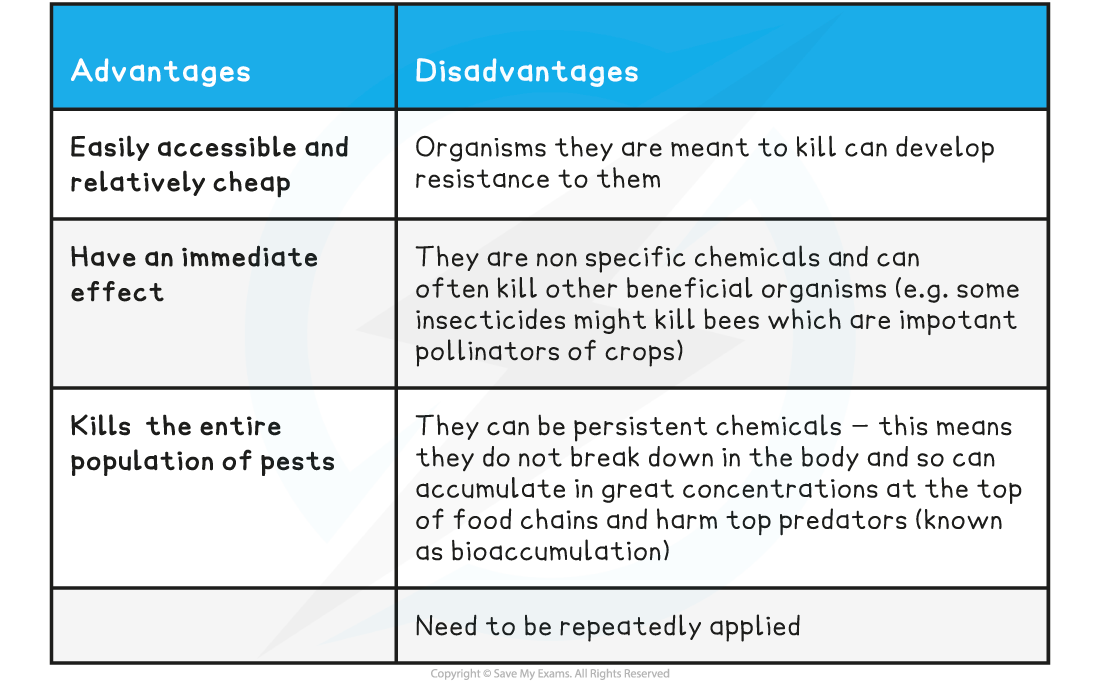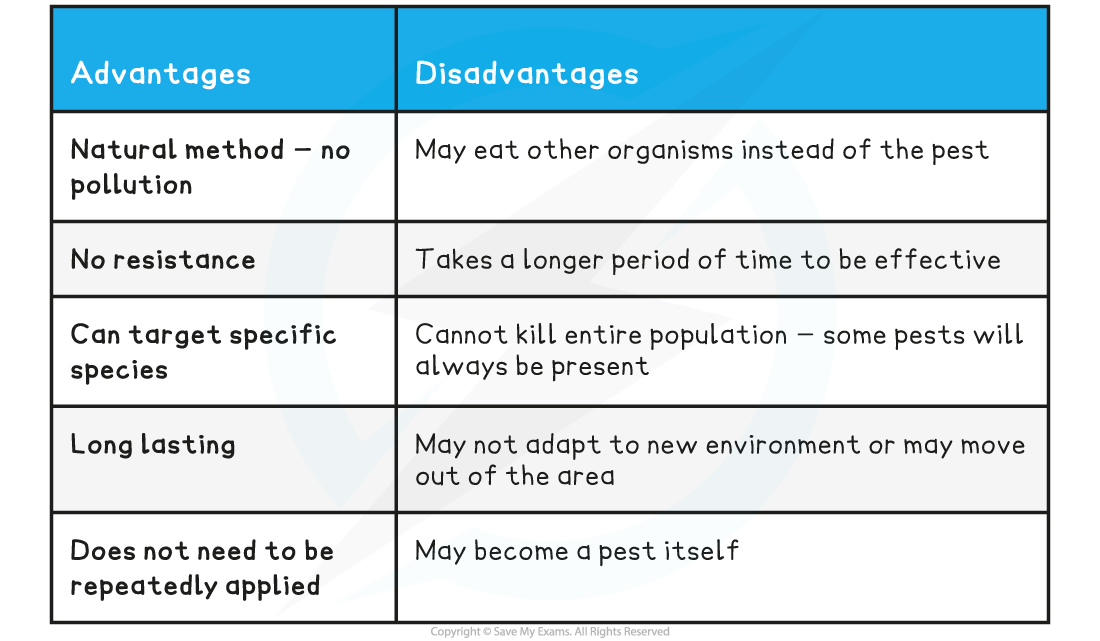- 翰林提供学术活动、国际课程、科研项目一站式留学背景提升服务!
- 400 888 0080
Edexcel IGCSE Biology 复习笔记 5.1.2 Crop Plants: Increasing Yield
Edexcel IGCSE Biology 复习笔记 5.1.2 Crop Plants: Increasing Yield
Crop Plants: Fertilisers
- Modern technology has increased food supply substantially in two key ways:
- Fertilisers - fertilisers increase the amount of key nutrients in the soil for crop plants, meaning that they can grow larger and are more healthy, which increases yields
- Pesticides - these chemicals kill off unwanted insects and weed species, meaning that there is less damage done to crop plants by insects, as well as reducing competition from other plant species, which increases yields
Using fertilisers to increase crop yields
- Plants require a range of mineral ions in order to grow well
- As crop plants take up these mineral ions from the soil, the mineral ions need to be replaced if crops are grown repeatedly in the same field (i.e. year after year)
- Fertilisers are used to replace these mineral ions
- They can make crops grow faster and bigger so that yields are increased
- Fertilisers can be in the form of organic fertiliser or chemical fertiliser
- Organic fertilisers commonly used by farmers include farmyard manure and compost
- Chemical fertilisers are often applied to the soil as dry granules or can be sprayed on in liquid form
- They mainly provide crop plants with nitrogen, phosphorus and potassium:
- Nitrogen:
- Absorbed in the form of nitrates
- Needed to make amino acids which are the building blocks of proteins
- Lack of nitrogen causes weak growth and yellowing of the leaves of plants
- Phosphorous:
- Absorbed in the form of phosphates
- Needed to make DNA and cell membranes
- Lack of phosphorus can cause poor root growth and discoloured leaves
- Potassium:
- Absorbed in the form of various compounds of potassium
- Allows enzyme reactions to take place to produce ATP in respiration as well as being needed for the enzymes involved in photosynthesis
- Lack of potassium can cause poor growth of flowers and fruits, as well as brown spots on leaves
Crop Plants: Pest Control
Using pest control to increase crop yields
- Pests such as insects and other animals can damage crops by eating them
- Weeds can outcompete crop plants for space, water and soil nutrients
- Fungi can infect crop plants and spread disease which can affect growth and yield
- All of these can be controlled by using pesticides (chemical control) or by introducing other species (biological control)
Pesticides
- Insecticides kill insect pests
- Herbicides kill plant pests
- Fungicides kill fungal pests
Advantages and Disadvantages of Pesticides Table
Biological control
- Can happen naturally – for example, ladybirds eat aphids
- Usually, a species is introduced specifically to prey on the pest species – for example, parasitic wasps can control whitefly in glasshouse tomato crops
- As they are based on a predator-prey cycle, they do not completely remove a pest, but keep it at lower levels
Advantages and Disadvantages of Biological Control Table
转载自savemyexam

最新发布
© 2025. All Rights Reserved. 沪ICP备2023009024号-1









